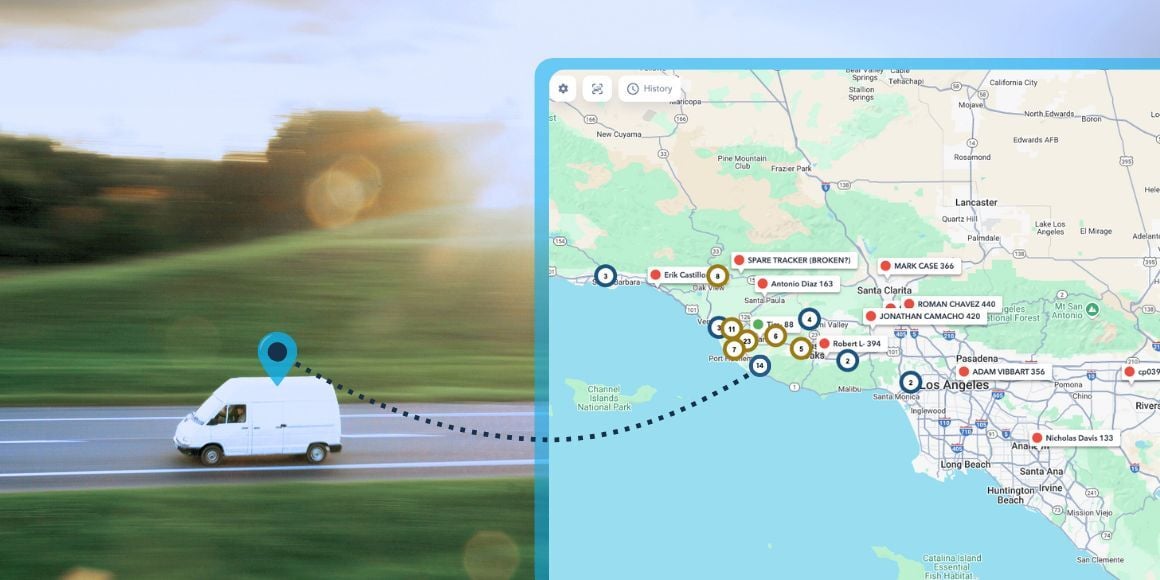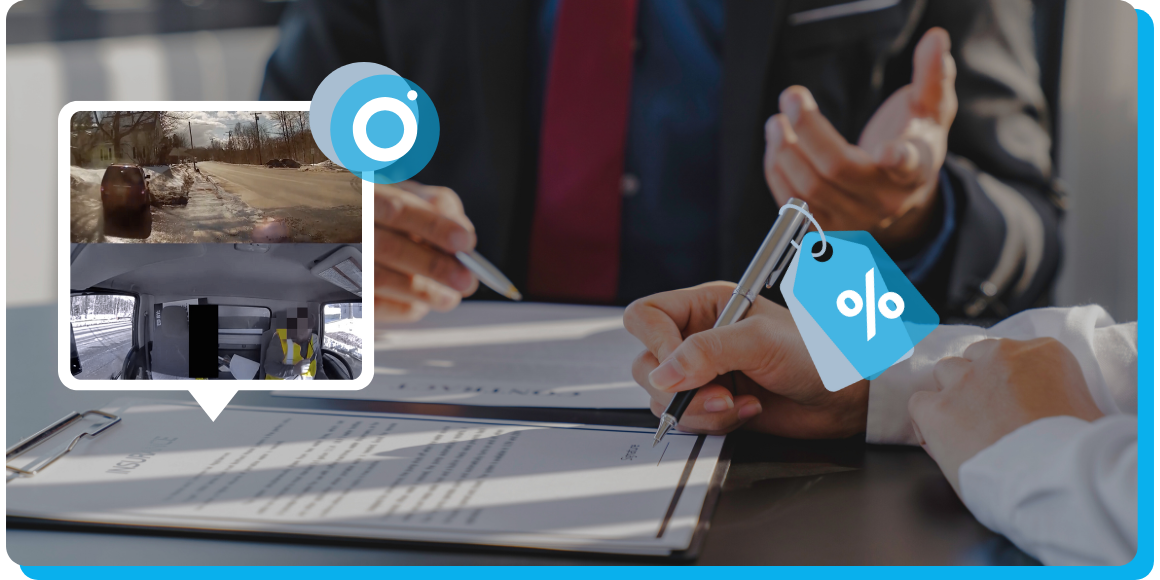The ROI of Fleet Tracking for Businesses Under 50 Vehicles

Running a fleet of 10–50 vehicles might feel manageable—until you realize the hidden cost leaks that quietly erode your margins. Fuel waste, unauthorized vehicle use, overtime padding, unplanned repairs, and inefficient routing can all chip away at profits. For small and mid-sized fleets, even modest improvements in efficiency can yield meaningful financial returns.
In this post, we’ll walk through an ROI-driven, case-study–style approach tailored for SMB fleets. Using real-world benchmarks and ClearPathGPS customer stories, you’ll see how quickly tracking pays for itself—and how you can make the numbers work in your favor.
Key Drivers of ROI for SMB Fleets
Below is a breakdown of the primary cost categories where fleet tracking delivers measurable savings:
|
Cost Leverage |
What You Get with Tracking |
Typical Impact for SMB Fleets |
|
Fuel & Idling |
Monitor idling, harsh driving, route inefficiencies |
8–15% fuel reduction is common in early months |
|
Maintenance & Repairs |
Trigger preventive service by mileage/hours, spot deteriorating vehicles |
Fewer breakdowns, lower repair bills, longer asset life |
|
Driver Behavior & Liability |
Speeding alerts, harsh braking, off-hours use, dashcam evidence |
Fewer accidents, less risk, lower insurance premiums |
|
Route Optimization & Utilization |
Real-time dispatching, geofences, route edits mid-shift |
More efficient miles, more jobs per day, fewer redundant trips |
|
Theft & Misuse Protection |
Recover stolen assets or unauthorized use quickly |
Hard dollar recoveries and avoidance of replacement costs |
Potential ROI: Modeling a 25-Vehicle SMB Fleet
Let’s run a realistic scenario. Suppose your business runs 25 light/medium vehicles, each averaging 25,000 miles/year and fuel cost of $3.50/gal.
Investment Side (Year 1):
- Hardware & installation: $150 per vehicle = $150 × 25 = $3,750
- Monthly subscription: $30 per vehicle = $30 × 25 × 12 = $9,000
- Implementation & training overhead (internal time, onboarding): ~ $2,000
- Total Year 1 Cost = $14,750
Savings & Benefits Side (Year 1):
Fuel & Idling Reduction- Let’s assume a conservative 10% fuel savings.
- Your fleet uses ~10,000 gallons/year per vehicle (25,000 mi / 25 mpg) → 250,000 gallons total
- At $3.50/gal, total fuel cost = $875,000
- 10% savings = $87,500
Reduced Maintenance & Breakdown Costs
- Say you cut 15% of reactive repair costs — if you spent $100,000 on repairs, you might save $15,000
- Fewer breakdowns also decrease downtime, so you may capture extra revenue from avoided idle vehicles
- Suppose accident-related costs / claims answered to $20,000; a 10% reduction → $2,000
- Dashcam + behavior monitoring helps with claims fallout and premium negotiation
- Suppose route optimization and dispatching let you serve just 1 additional job per day per 5 vehicles (i.e. 5 extra jobs per day)
- If average job revenue = $100, and you work 250 days/year, that’s $125,000 in incremental revenue
- Even one stolen vehicle or misuse incident avoided or recouped can yield $5,000–$15,000 in value
Summarizing conservative savings:
-
- Fuel + Idling: $87,500
-
- Maintenance reduction: $15,000
-
- Insurance & risk: $2,000
-
- Efficiency (extra jobs): $125,000
-
- Theft / misuse (recovery): $5,000
Total Year 1 Benefit = $234,500
Subtract your cost of $14,750 → Net gain ≈ $219,750
Even if your actual gains are 50% of this estimate, you’d see $100k+ net uplift in year one. That’s a payback period of mere weeks or months for a sub-50 vehicle fleet.
ClearPathGPS customers often report ROI realized in weeks rather than months, because obvious inefficiencies are uncovered immediately.
Real-World Case: Mr. Rooter Plumbing (Sherman Oaks, CA)
One of our favorite Customer Success Stories is Mr. Rooter Plumbing of Sherman Oaks. They needed better route management in heavy L.A. traffic, more accountability, and visibility over technician location.
After deploying tracking:
- They could prove technician presence to customers (reducing disputes)
- They improved routing and technician utilization
- They even overturned a parking ticket by showing via GPS that a truck was parked only six minutes—not hours—as alleged. (City accepted their logs as evidence.)
- More broadly, they gained safer driving habits and more confidence in dispatch decisions.
That’s the kind of qualitative and quantitative upside SMB fleets can expect when they choose ClearPathGPS.
Another example: Lewis Plumbing, a smaller fleet user, adopted ClearPathGPS to curb speeding and unauthorized vehicle usage. While not every dollar savings is published, the behavioral changes and visibility improvements alone help protect profit margins.
Finding the Best Solution for Your Sub-50 Fleet
For SMBs managing fewer than 50 vehicles, fleet tracking is often not just justifiable—it’s transformative. The math shows that even modest improvements in fuel, maintenance, and operator efficiency can lead to tens or hundreds of thousands in additional profit.
With ClearPathGPS, you gain a solution built for fast impact: no long-term lock-in, U.S.-based support, and integrated tools like AI dashcams and alerts.
If you're ready to zero in on your fleet's hidden cost leaks and turn them into gains, we’d love to show you exactly how your operation can benefit. Request a demo and learn how run your own ROI model with our guidance!





